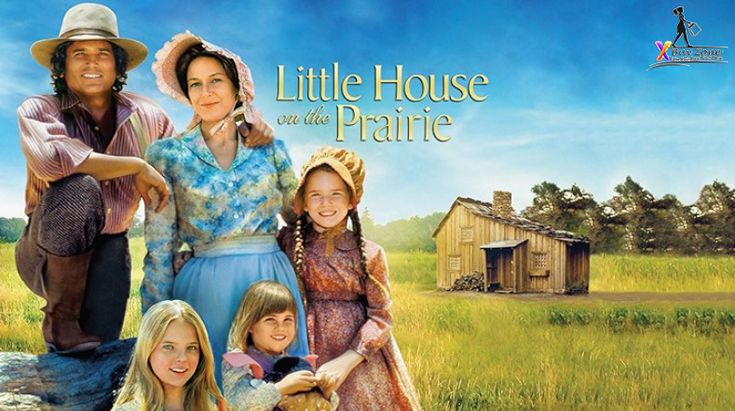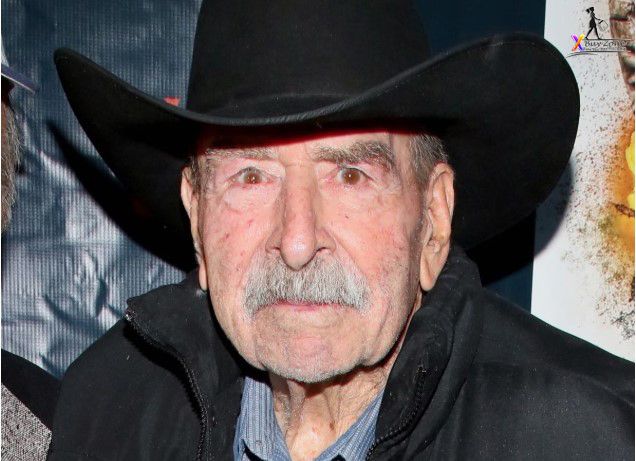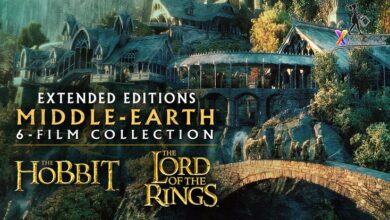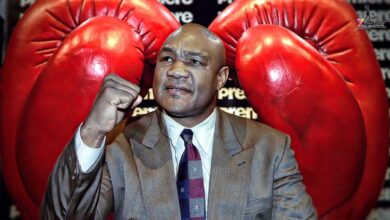
Jack Lilley: A Hollywood Legend and a True Cowboy at Heart
Jack Lilley was more than just an actor—he was a true cowboy, a Hollywood legend, and a man whose career spanned decades in the film industry. Known for his work on “Little House on the Prairie,” “Blazing Saddles,” and countless other Westerns, Lilley brought authenticity and heart to every role he played. But his contributions to Hollywood didn’t stop at acting—he was also a skilled stuntman and horse wrangler, making him an invaluable presence both in front of and behind the camera.
Jack Lilley – Biography
Born: 1933
Died: Age 91
Occupation: Actor, Stuntman, Horse Wrangler
Known For: “Little House on the Prairie,” “Blazing Saddles,” “Gunsmoke,” “Rawhide,” “Bonanza”
Jack Lilley Early Life and Love for the West
Born in 1933, Jack Lilley grew up surrounded by the spirit of the Old West. From a young age, he was drawn to horses, wide-open landscapes, and the adventurous life of a cowboy. This passion would later translate into his work in Hollywood, where he became known for his expertise with horses and his ability to perform daring stunts.
Before making his way into films, Lilley worked as a horse wrangler at the famous Spahn Movie Ranch, a location that became legendary in Hollywood history. His knowledge of horses made him a sought-after expert in the industry, paving the way for a successful career in Western films and TV shows.

Jack Lilley Acting Career
Jack Lilley’s film and television career flourished during the golden era of Westerns. He worked extensively in Hollywood, contributing both on-screen performances and behind-the-scenes expertise. Some of his notable works include:
- “Gunsmoke” (TV Series)
- “Rawhide” (TV Series)
- “Bonanza” (TV Series)
- “Blazing Saddles” (1974)
- “Little House on the Prairie” (TV Series, 1974-1983)
His small but significant role in Mel Brooks’ “Blazing Saddles” helped solidify his place in Hollywood’s history of Western comedies, while his long-running involvement in “Little House on the Prairie” showcased his dedication to Western authenticity.
Contributions to “Little House on the Prairie”
Jack Lilley was a key figure in ensuring historical accuracy in “Little House on the Prairie” both as an actor and behind the scenes. He played multiple characters throughout the series and worked as a horse wrangler, ensuring that every aspect of frontier life—from riding scenes to wagon sequences—was portrayed as realistically as possible.
Melissa Gilbert, who played Laura Ingalls, often credited Lilley with helping her develop her horseback riding skills and making the set a welcoming, educational place. His presence on the show remains an integral part of its legacy.
Jack Lilley Stunt Work and Horse Wrangling
Beyond acting, Lilley was highly regarded in Hollywood as a professional horse wrangler and stuntman. His expertise extended across multiple film sets, where he trained actors, managed horses, and ensured safety during high-intensity scenes. His ability to blend authenticity with entertainment made him one of the most sought-after professionals in the industry.
Jack Lilley Legacy and Influence
Jack Lilley’s career spanned over six decades, making him an enduring figure in Hollywood’s Western film industry. His contributions to film and television extended beyond acting, impacting stunt coordination, Western authenticity, and the training of future actors and riders.
His passing at the age of 91 marked the end of an era, but his work continues to inspire fans of classic Westerns. His legacy as a true cowboy, both on and off the screen, remains firmly etched in Hollywood history.
Jack Lilley: A Career Built on Authenticity
Jack Lilley’s Hollywood journey truly took off in the 1950s and 60s, when Westerns were at their peak. He worked alongside some of the biggest stars of the era, appearing in hit TV shows like “Gunsmoke,” “Rawhide,” and “Bonanza.” His rugged good looks and natural horsemanship made him a perfect fit for the genre, and audiences quickly took notice.
One of his most memorable roles came in Mel Brooks’ classic 1974 comedy, “Blazing Saddles.” The film, which satirized Western tropes, featured Lilley in a small but significant role that showcased his ability to balance humor with the rough-and-tumble nature of the Old West. Even in a comedic setting, his authenticity as a cowboy shone through.
“Little House on the Prairie” and a Lasting Impact
For many fans, “Little House on the Prairie” is where they remember Jack Lilley best. The show, which aired from 1974 to 1983, brought the struggles and triumphs of a pioneer family to life, and Lilley’s presence added a layer of realism to the beloved series. He played multiple characters throughout its run and also worked behind the scenes to ensure that the horses and stunt work maintained historical accuracy.
Melissa Gilbert, who played Laura Ingalls on the show, recalled how Lilley helped her learn to ride horses and navigate the physically demanding scenes. She described him as a mentor and a friend, someone who made the set feel like home.
Beyond his work with the cast, Lilley’s contributions to the Western authenticity of “Little House on the Prairie” were crucial. He ensured that everything from the way the horses were handled to the saddles and reins used in scenes reflected the historical accuracy of the late 1800s. His knowledge of the frontier lifestyle helped shape the show’s legacy, making it one of the most beloved family dramas of all time.
Additionally, Lilley’s work behind the scenes as a horse wrangler meant that many of the show’s most iconic moments—like dramatic horse chases and wagon scenes—were executed safely and realistically. His influence extended beyond his screen time, helping the series maintain its immersive and heartfelt portrayal of pioneer life.
Behind the Scenes: Stunts and Horse Wrangling
What many people don’t realize is that Jack Lilley was just as valuable off-screen as he was on it. His deep understanding of horses made him one of Hollywood’s go-to experts for Westerns, and his work as a stuntman was equally impressive. Over the years, he trained countless actors in horseback riding and made sure that every chase, fall, and fight scene looked as real as possible.
His stunt work extended beyond Westerns, too—he worked on major films that required skilled riders and horse handlers, ensuring that Hollywood’s action sequences remained top-notch. His work wasn’t just about making movies look good; it was about keeping actors safe while delivering thrilling performances.
A Legacy That Lives On
Jack Lilley’s career spanned more than 60 years, making him one of the most enduring figures in Hollywood’s Western scene. His dedication to authenticity, his love for horses, and his commitment to his craft made him a legend in his own right.
His passing at the age of 91 marked the end of an era, but his contributions to film and television will never be forgotten. Whether through his acting, stunt work, or mentorship, Lilley left behind a legacy that continues to inspire Western enthusiasts and filmmakers alike.
Who did Jack Lilley play on Little House?
Jack Lilley made multiple appearances on Little House on the Prairie, often portraying roles that aligned with his expertise in Western settings. He frequently played a stagecoach driver, seamlessly blending into the frontier world depicted in the series. While his named roles were limited, his presence was felt across various episodes, bringing authenticity to the show’s transportation and horseback scenes.
Beyond his on-screen work, Lilley played a crucial role behind the scenes as a stunt coordinator and horse wrangler, ensuring that the equestrian sequences—whether wagon chases, horseback riding, or action-packed stunts—were executed with realism and safety. His deep understanding of horses and Western life made him an invaluable part of the Little House on the Prairie legacy, even when he wasn’t in front of the camera.
Who was the stagecoach driver on Little House on the Prairie?
Why did they replace Jack on Little House?
Jack Lilley was never officially “replaced” on Little House on the Prairie in a traditional sense, as he was not a main cast member with a fixed role. Instead, he appeared in multiple episodes, often portraying a stagecoach driver and working behind the scenes as a stuntman and horse wrangler. His involvement in the series was more fluid, contributing both on-screen performances and ensuring the authenticity of the show’s equestrian elements.
In long-running television series like Little House on the Prairie, secondary roles—such as stagecoach drivers, townspeople, and background characters—were often played by multiple actors. This was a common practice to accommodate filming schedules, evolving storylines, and production needs. Different drivers may have appeared in various episodes depending on availability, the script’s requirements, or simply to add variety to the series.
Additionally, Lilley’s extensive work as a stunt coordinator and horse expert meant he was often needed behind the scenes rather than in front of the camera. His role was essential in training actors, handling action sequences, and ensuring horse-related scenes were performed safely and realistically. Rather than being replaced, his contributions to Little House on the Prairie remained significant throughout its run, even if his appearances on-screen varied.
Is Little House based on a true story?
Yes, Little House on the Prairie is based on a true story. The show is inspired by Laura Ingalls Wilder’s autobiographical book series, which chronicles her family’s pioneer life in the late 1800s. While the TV adaptation took creative liberties for dramatic storytelling, many events, characters, and settings were drawn from Wilder’s real experiences growing up on the American frontier.
Who was the boy in Little House on the Prairie?
Who played Jack Prescott on Little House on the Prairie?
Who kidnapped Rose on Little House on the Prairie?
How accurate was the Little House on the Prairie show?
What religion was the Ingalls family?
For those who grew up watching “Little House on the Prairie” or enjoying classic Westerns, Jack Lilley will always be remembered as a true cowboy—both on and off the screen.






